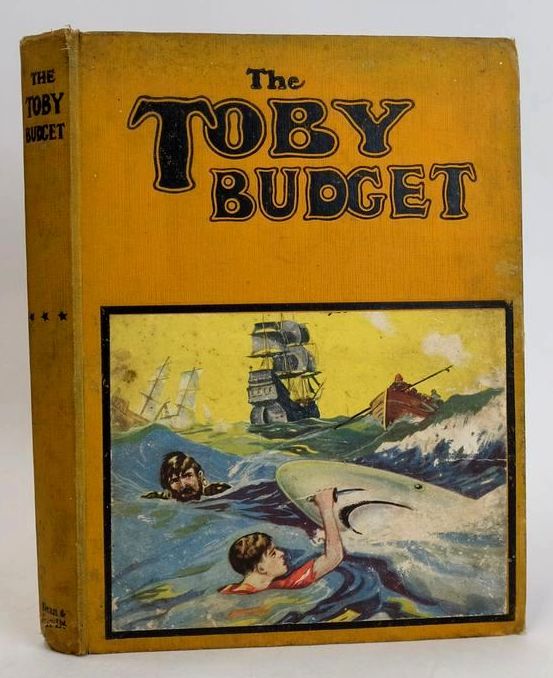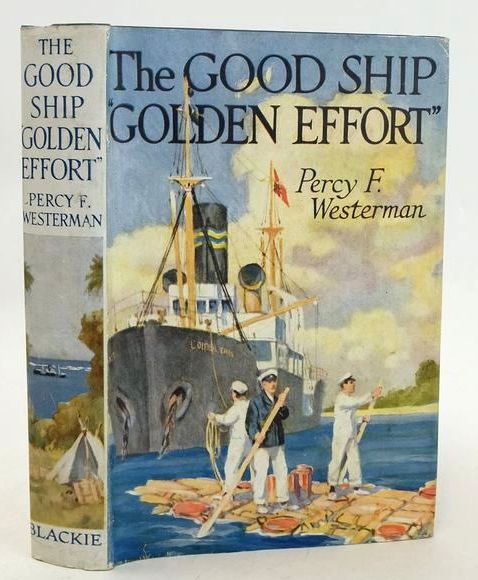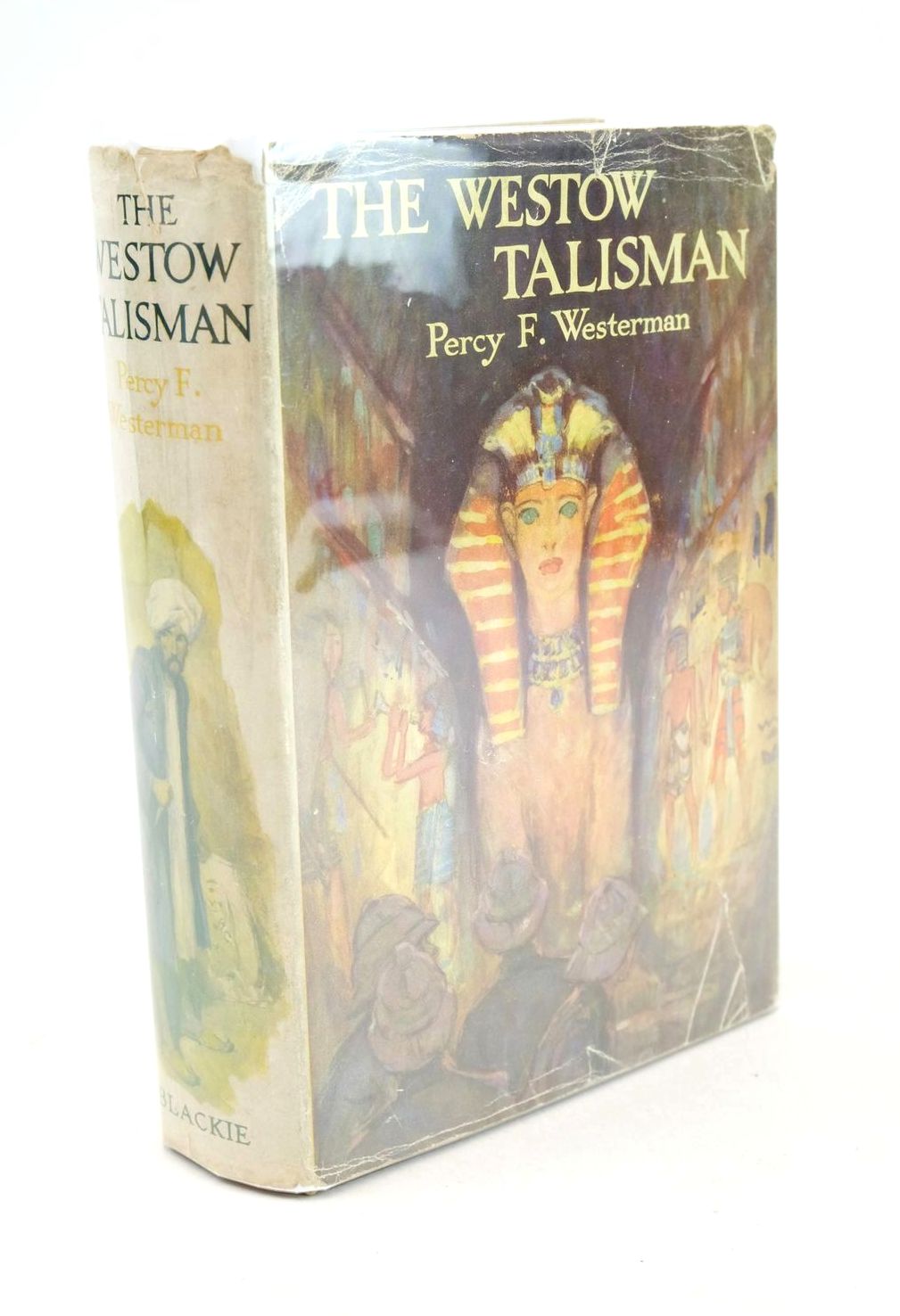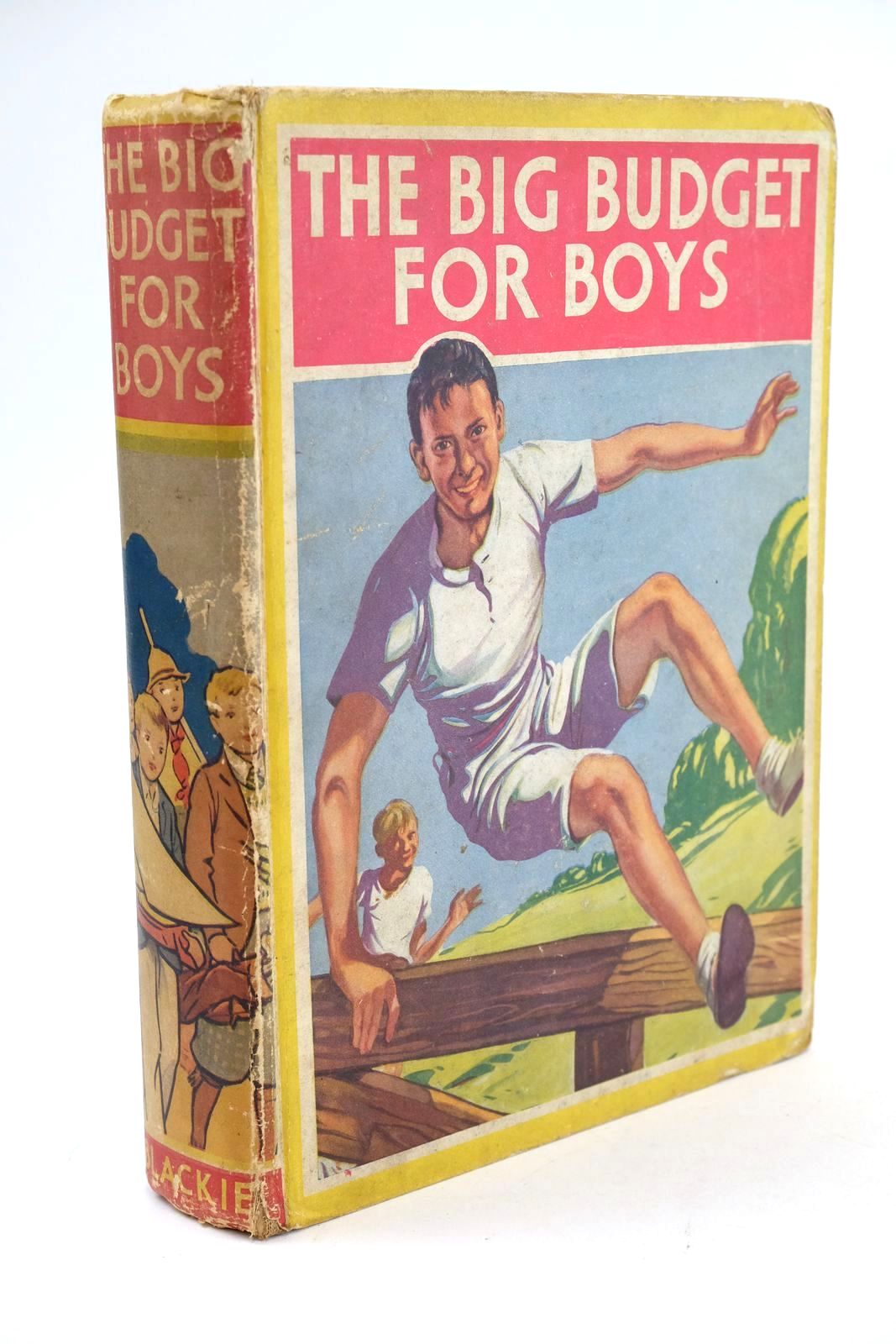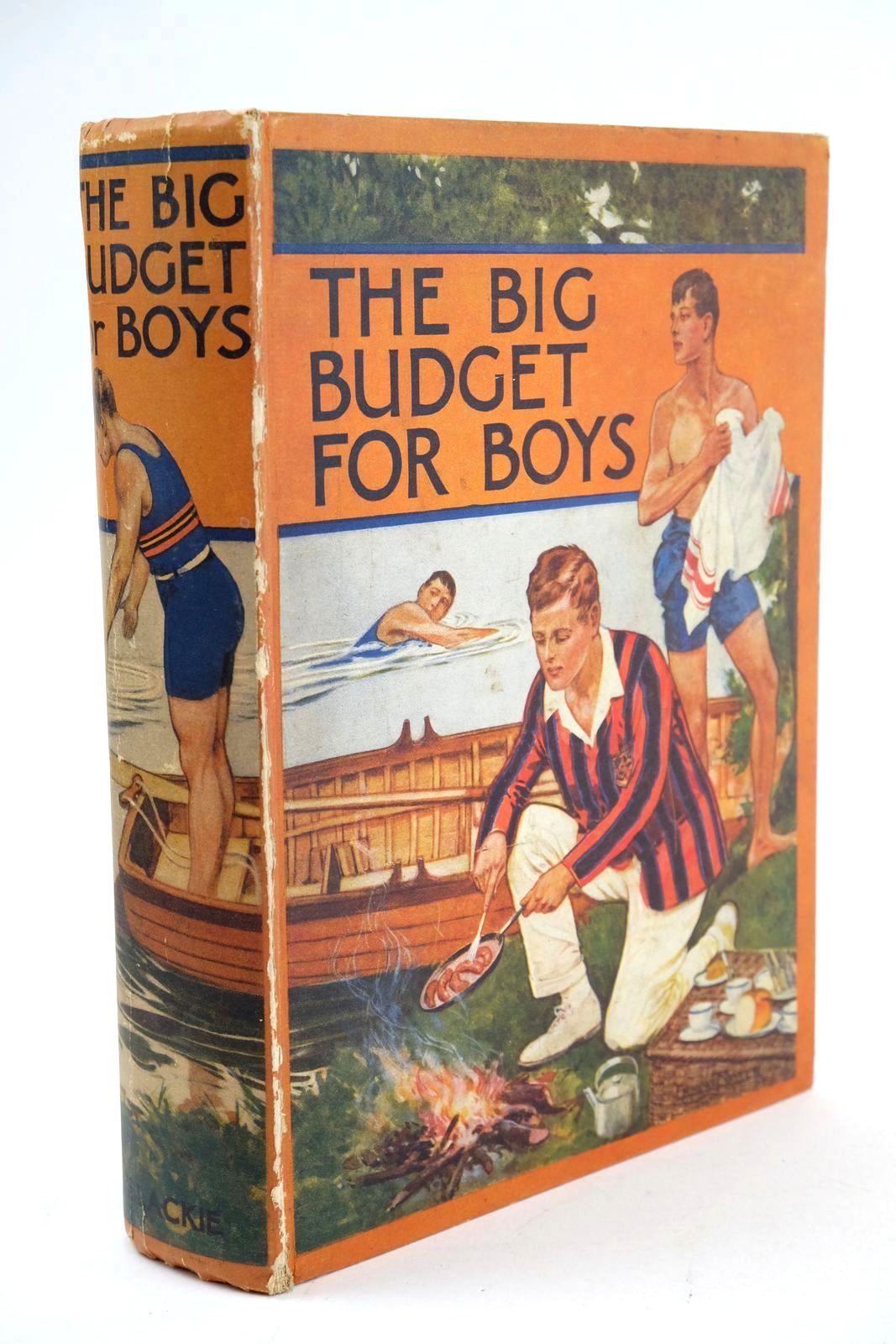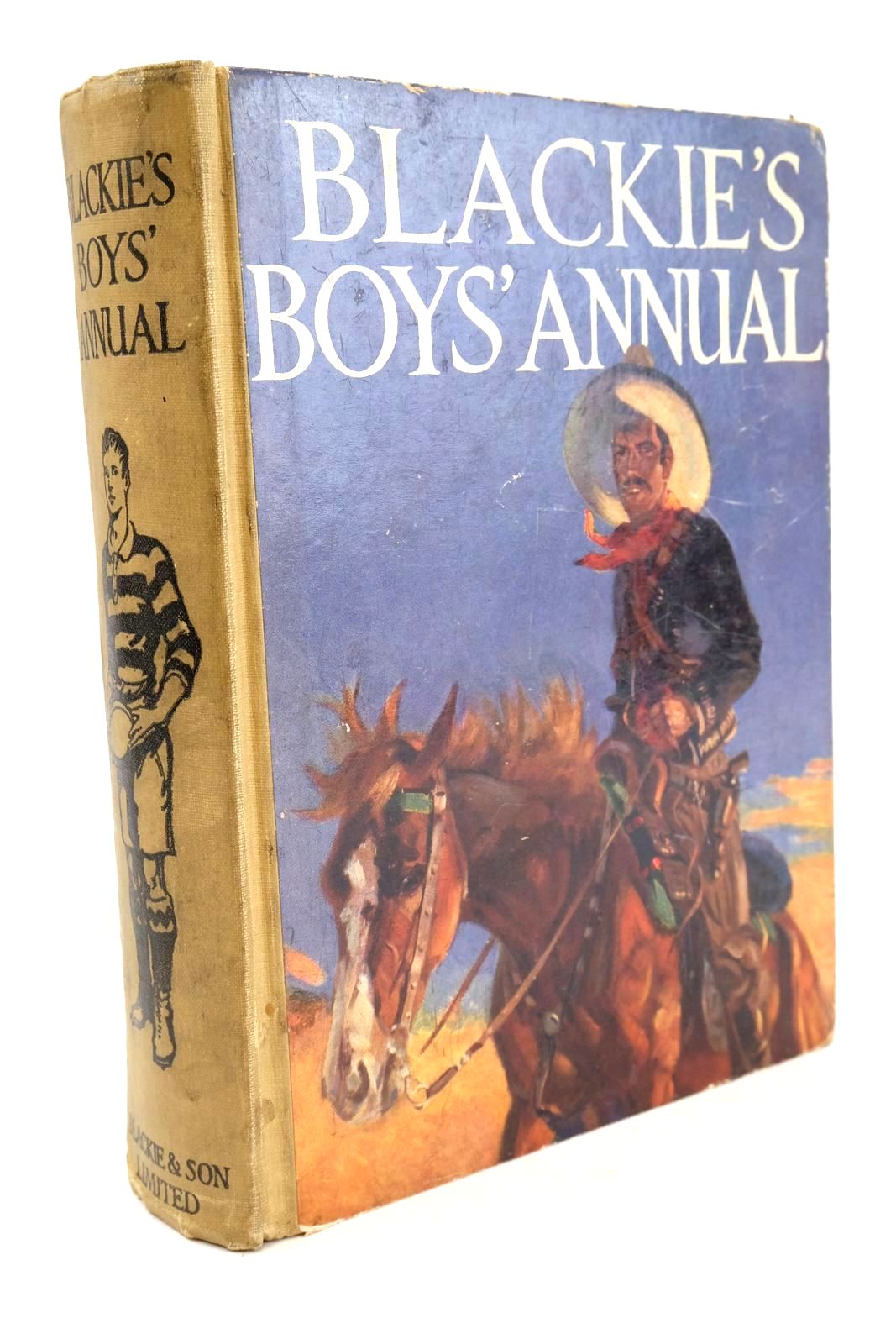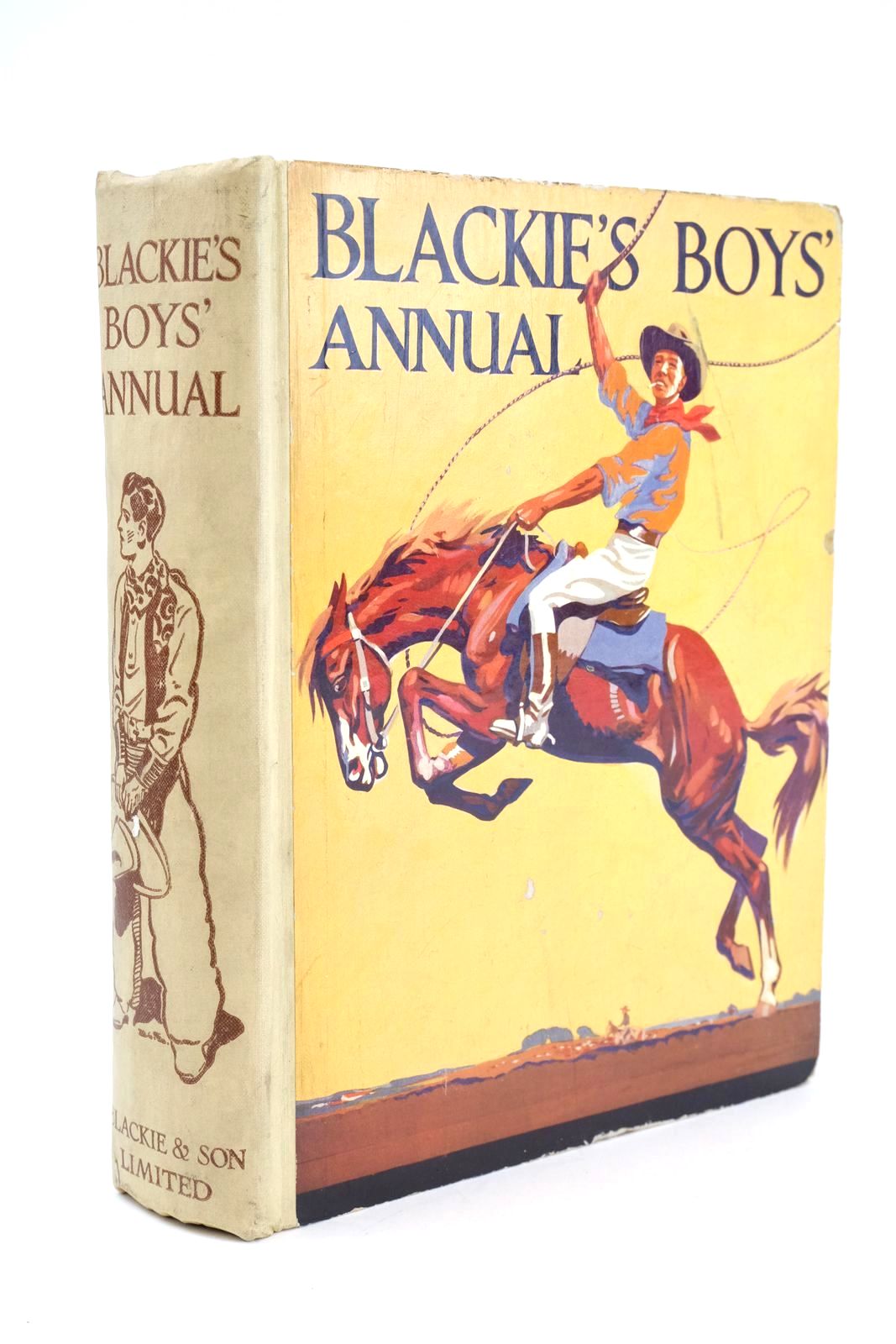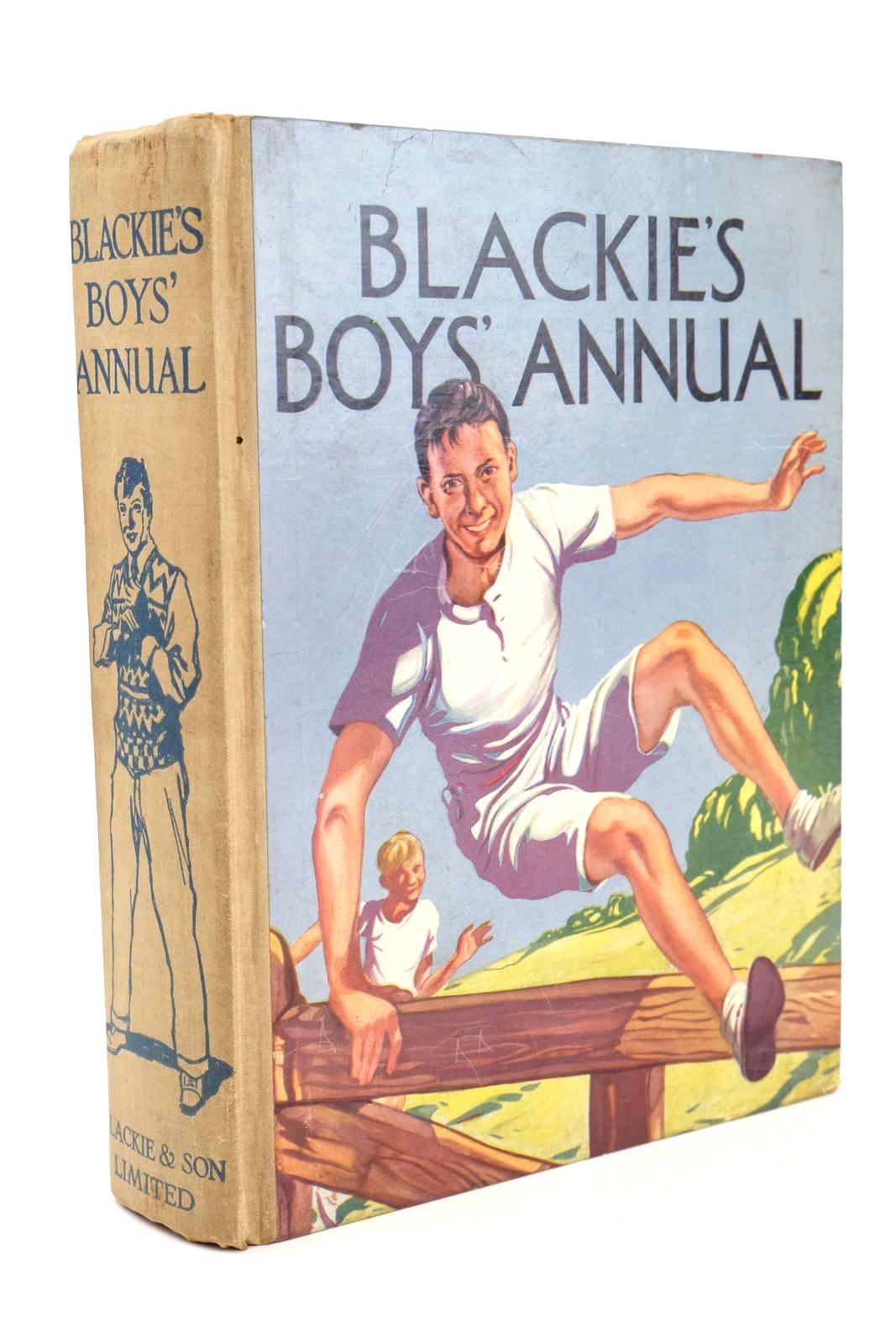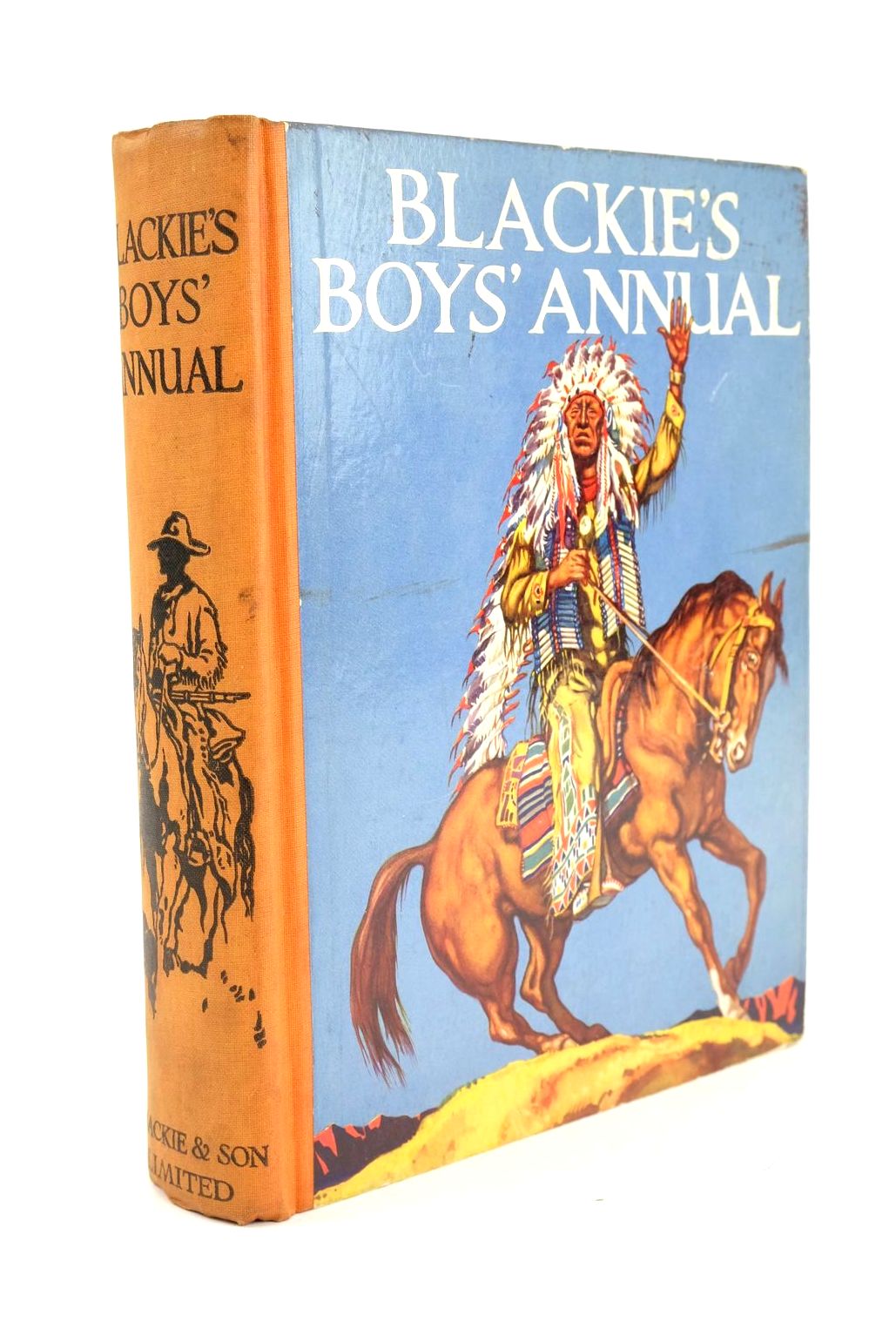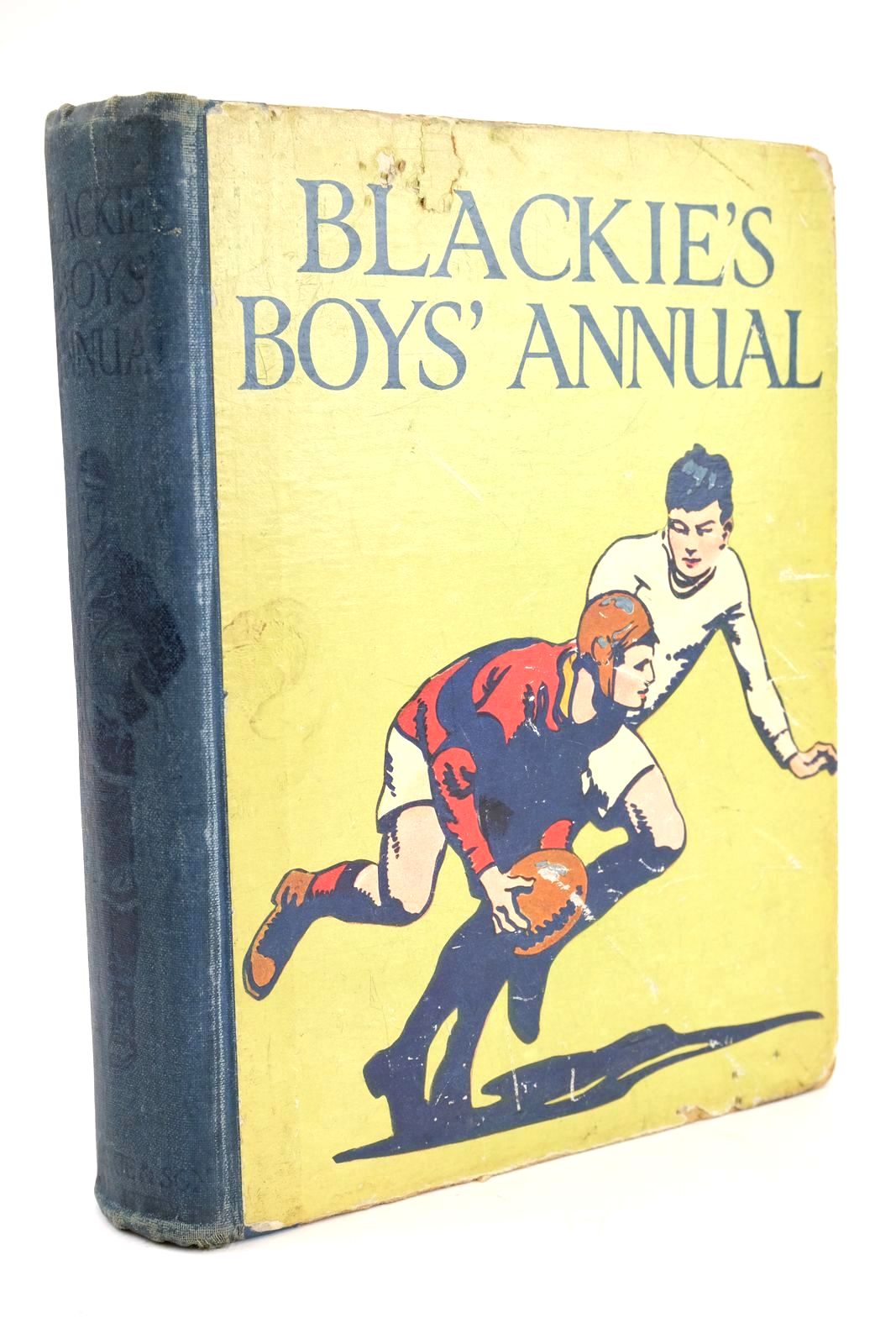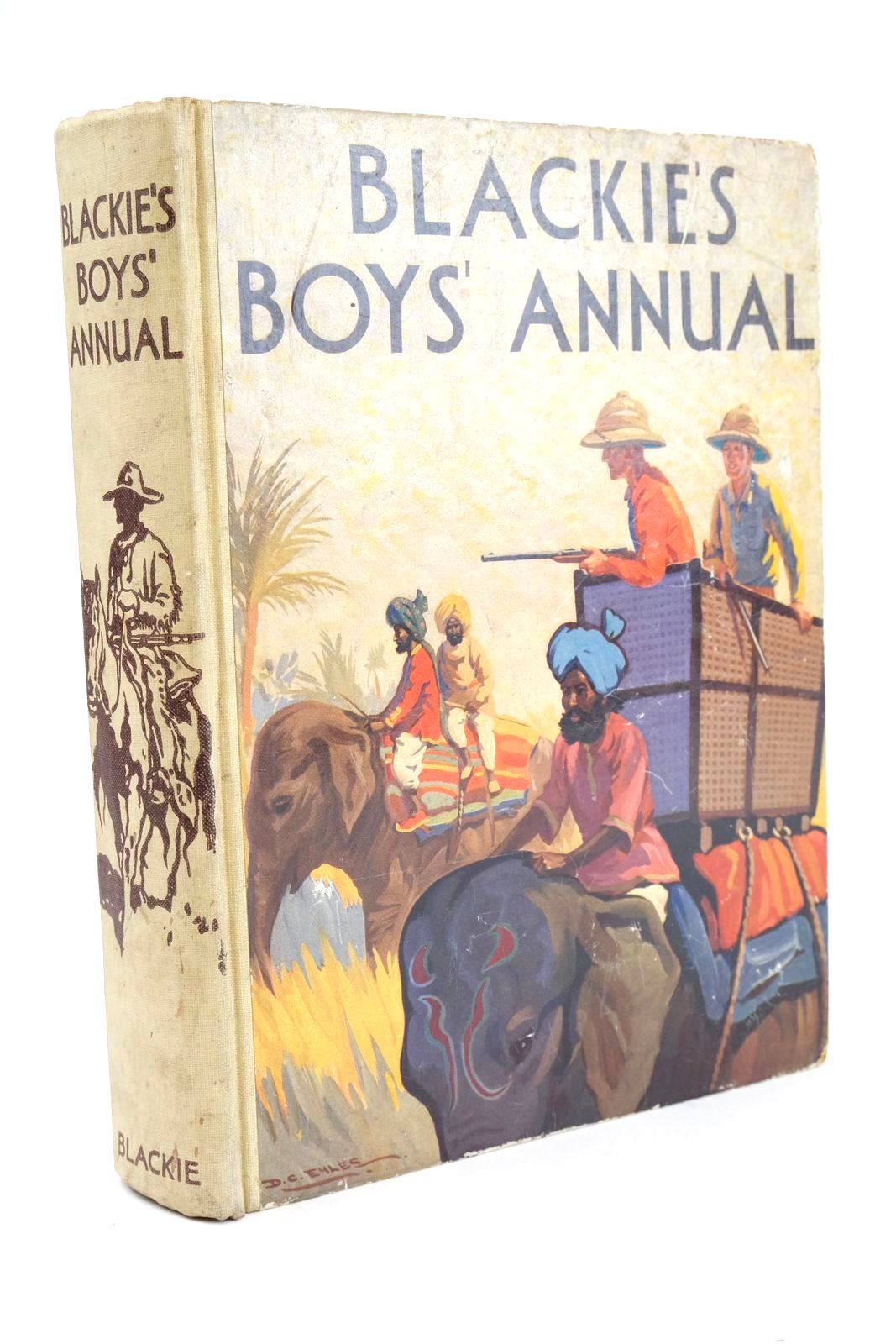Percy F. Westerman
 Is he the successor to G.A. Henty or the forerunner to W.E. Johns? Percy F. Westerman has been described as both and we shall look at why in the following paragraphs. Although not as well-known as Henty or Johns, Westerman was a highly prolific and successful author, writing 174 novels and contributing to many other publications. These included The CaptainMagazine, The Scout, Boy's Own Paper, Modern Boy, and, I suspect, many as yet uncollected publications, as well as short story publications such as the Story Papers of D.C. Thomson which do not usually credit author.
Is he the successor to G.A. Henty or the forerunner to W.E. Johns? Percy F. Westerman has been described as both and we shall look at why in the following paragraphs. Although not as well-known as Henty or Johns, Westerman was a highly prolific and successful author, writing 174 novels and contributing to many other publications. These included The CaptainMagazine, The Scout, Boy's Own Paper, Modern Boy, and, I suspect, many as yet uncollected publications, as well as short story publications such as the Story Papers of D.C. Thomson which do not usually credit author.
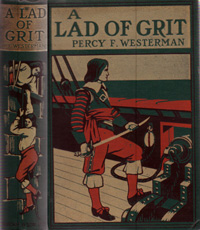 Percy Francis Westerman was born in 1876. His father was a clerk in the Portsmouth Naval Dockyard and his family was steeped in Navy connections. Percy's ambition was to take a full part in the Royal Navy but this was never to be as with poor eyesight he could not pass the compulsory physical examination. To compensate for this he spent all his free time sailing along the coast and rivers of the West Country - indeed his first writings, published in yachting magazines, were about these trips.
Percy Francis Westerman was born in 1876. His father was a clerk in the Portsmouth Naval Dockyard and his family was steeped in Navy connections. Percy's ambition was to take a full part in the Royal Navy but this was never to be as with poor eyesight he could not pass the compulsory physical examination. To compensate for this he spent all his free time sailing along the coast and rivers of the West Country - indeed his first writings, published in yachting magazines, were about these trips.
One day, while reading to his son John who was suffering from chicken-pox, and being unimpressed by the standard of the publication, Percy boasted to his wife that he could do better himself. His wife challenged him to prove it, a challenge which he took up and so started a long and happy career. His son John later became well-known as J.F.C Westerman, author of 30 children's novels himself.
 Percy's first novel, Lad of Grit, published in 1908, was an historical tale written in a similar vein to the novels of G.A. Henty. So when Westerman's book landed on the desk of the publisher Blackie, they eagerly accepted this new author after their success with Henty who had died in 1902. I wonder, could it have been a Henty novel that Westerman was reading to his son? - Surely not!
Percy's first novel, Lad of Grit, published in 1908, was an historical tale written in a similar vein to the novels of G.A. Henty. So when Westerman's book landed on the desk of the publisher Blackie, they eagerly accepted this new author after their success with Henty who had died in 1902. I wonder, could it have been a Henty novel that Westerman was reading to his son? - Surely not!
During his early days Westerman's massive output kept a large number of publishers ticking over at once. They included Pearsons, A. & C. Black,Nisbet, Jarrolds, Pilgrim Press, Chapman and Hall, Partridge, TheReligious Trust Society, Oxford University Press, Seeley, and Ward Lock. Eventually in 1927 Blackie decided he was worth an exclusive contract, so any book published by another publisher after this date is considered a reprint.
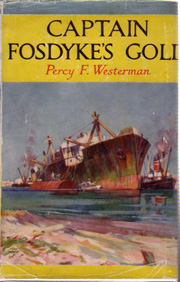 This leads us nicely into identifying first editions - a fine art, especially for the books published by Blackie as no dates were given. Unlike some authors, for example, W.E. Johns, G.A. Henty and Enid Blyton, where a huge amount of research has gone into determining what constitutes a first edition, there is no such bibliography to my knowledge for Westerman. There are a few pointers you can look for to help you determine if the copy you have is likely to be a first edition, for example, a list of previously published works by that author or any dates which may have been entered as an inscription or on a presentation plate. If you are thinking of undertaking the massive task of collecting all of Westerman's books, it is probably simpler to just settle for collecting early editions.
This leads us nicely into identifying first editions - a fine art, especially for the books published by Blackie as no dates were given. Unlike some authors, for example, W.E. Johns, G.A. Henty and Enid Blyton, where a huge amount of research has gone into determining what constitutes a first edition, there is no such bibliography to my knowledge for Westerman. There are a few pointers you can look for to help you determine if the copy you have is likely to be a first edition, for example, a list of previously published works by that author or any dates which may have been entered as an inscription or on a presentation plate. If you are thinking of undertaking the massive task of collecting all of Westerman's books, it is probably simpler to just settle for collecting early editions.
During the first world war Westerman did serve in the Navy and the Royal Flying Corps, supposedly tricking the medical examiner by memorizing the eye chart whilst he was out of the room in order to pass the medical examination. His time in the Royal Flying Corps gave him valuable insight into the modern world and led to the generation of his flying hero, Colin Standish, whose stories were serialised in The Modern Boy, often at the same time as W.E. Johns's stories. Fascinating to me as a collector of W.E. Johns's work for the past few years, is the fact that the first Standish Story"The Amir's Ruby", published in 1932, was illustrated by Johns in the Modern Boy serialisation. Johns of course went on to create the BigglesBooks, the first of which was The Camels Are Coming, also published in 1932. Without the time to do further research I have no idea which came first, but we can say for certain that Westerman came up with the idea of the Air Police before Johns, as Standish Of The Air Police was published in1938, a full 12 years before Biggles begins his Air Police career inSergeant Bigglesworth.
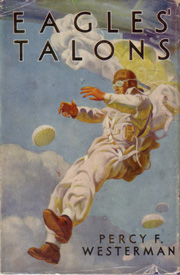 During the second world war, Westerman, now in his sixties, took an active part in the Home Guard, organizing river patrols using the Redclyffe Club Motor Boat which he had easy access to, having founded the Redclyffe Yacht Club some years previously. As an author he stood down Standish to concentrate on giving young lads a supply of action-packed war stories full of inspiring patriotism. He generated two Naval heroes, Alan Carr of the Merchant Navy, who had already appeared in one of Westerman's stories as a low ranked sailor but was now promoted to Captain, and John Cloche of the Royal Navy who went on to appear in seven books published between 1940 and 1948.
During the second world war, Westerman, now in his sixties, took an active part in the Home Guard, organizing river patrols using the Redclyffe Club Motor Boat which he had easy access to, having founded the Redclyffe Yacht Club some years previously. As an author he stood down Standish to concentrate on giving young lads a supply of action-packed war stories full of inspiring patriotism. He generated two Naval heroes, Alan Carr of the Merchant Navy, who had already appeared in one of Westerman's stories as a low ranked sailor but was now promoted to Captain, and John Cloche of the Royal Navy who went on to appear in seven books published between 1940 and 1948.
Westerman's prolific production of work was to finally slow down during the 1950's with his last novel, Mistaken Identity , being published after his death in 1959. During his lifetime he sold over 1.5 million copies of his books. From being one of the twentieth century's most popular boys' authors and winning a poll in the 1930's as the top writer for boys, today, sadly, he is rather neglected.
Contributed by Adam Parker
Main Sources: Book and Magazine Collector December 2006 and an article by James Mackenzie at www.collectingbooksandmagazines.com
(Published on 10th Oct 2013 )


